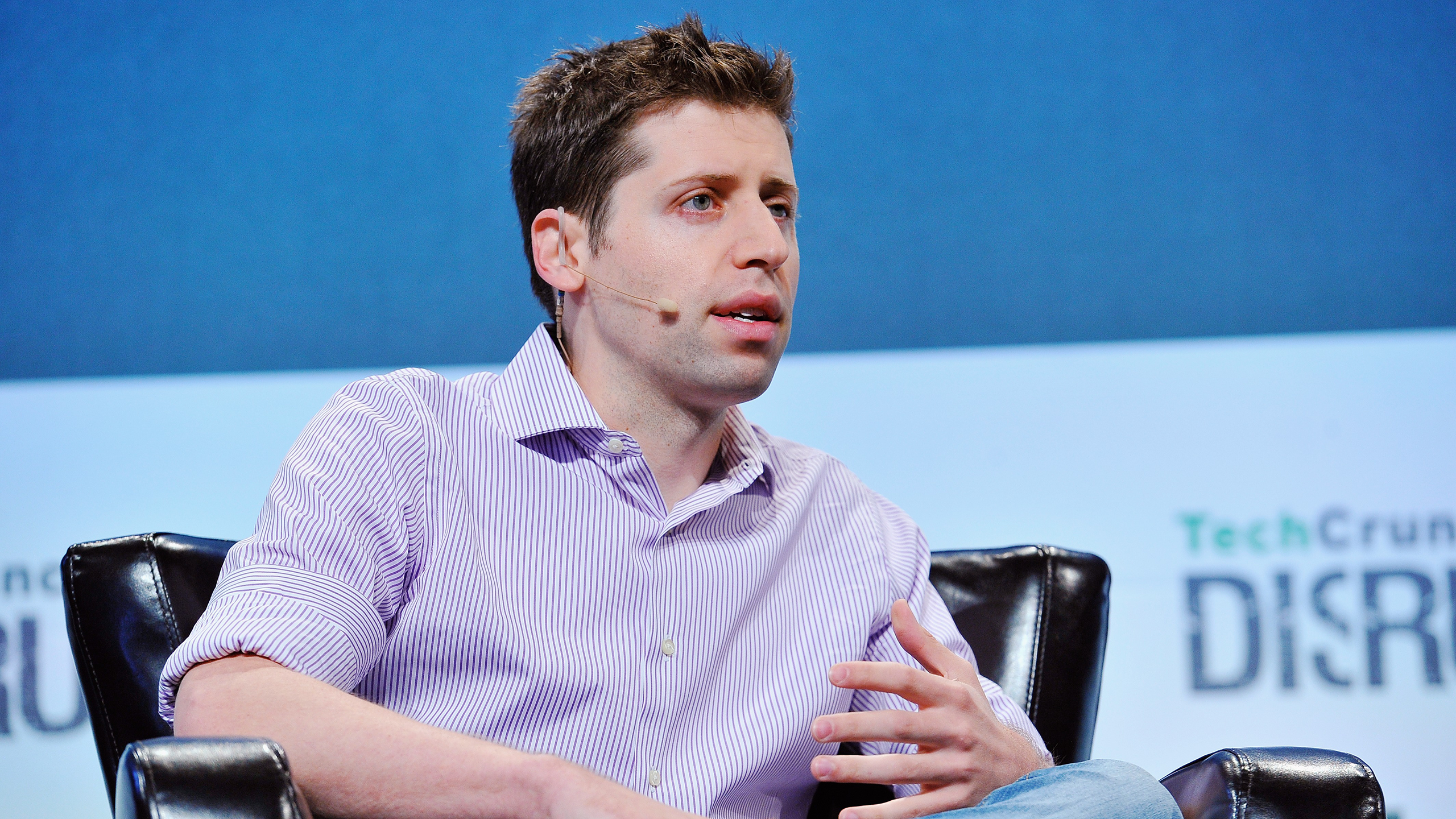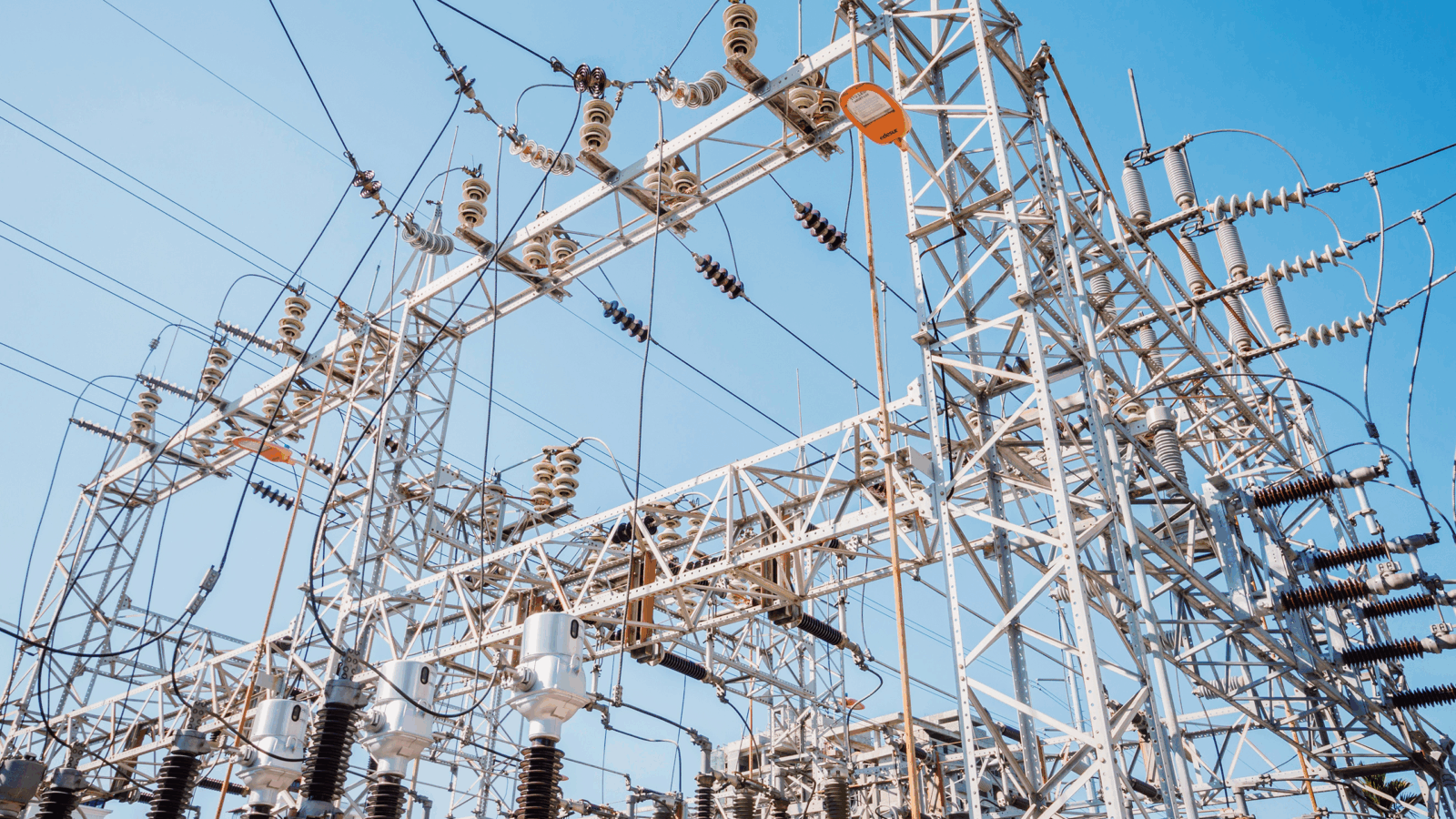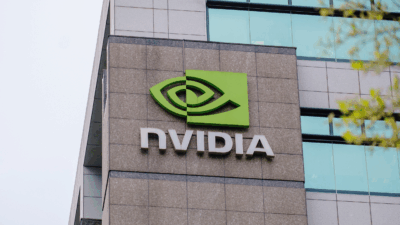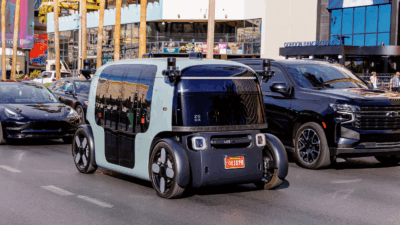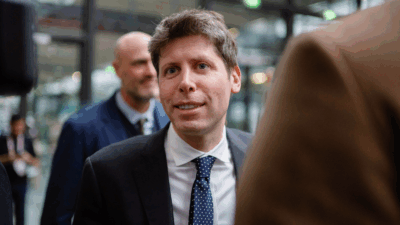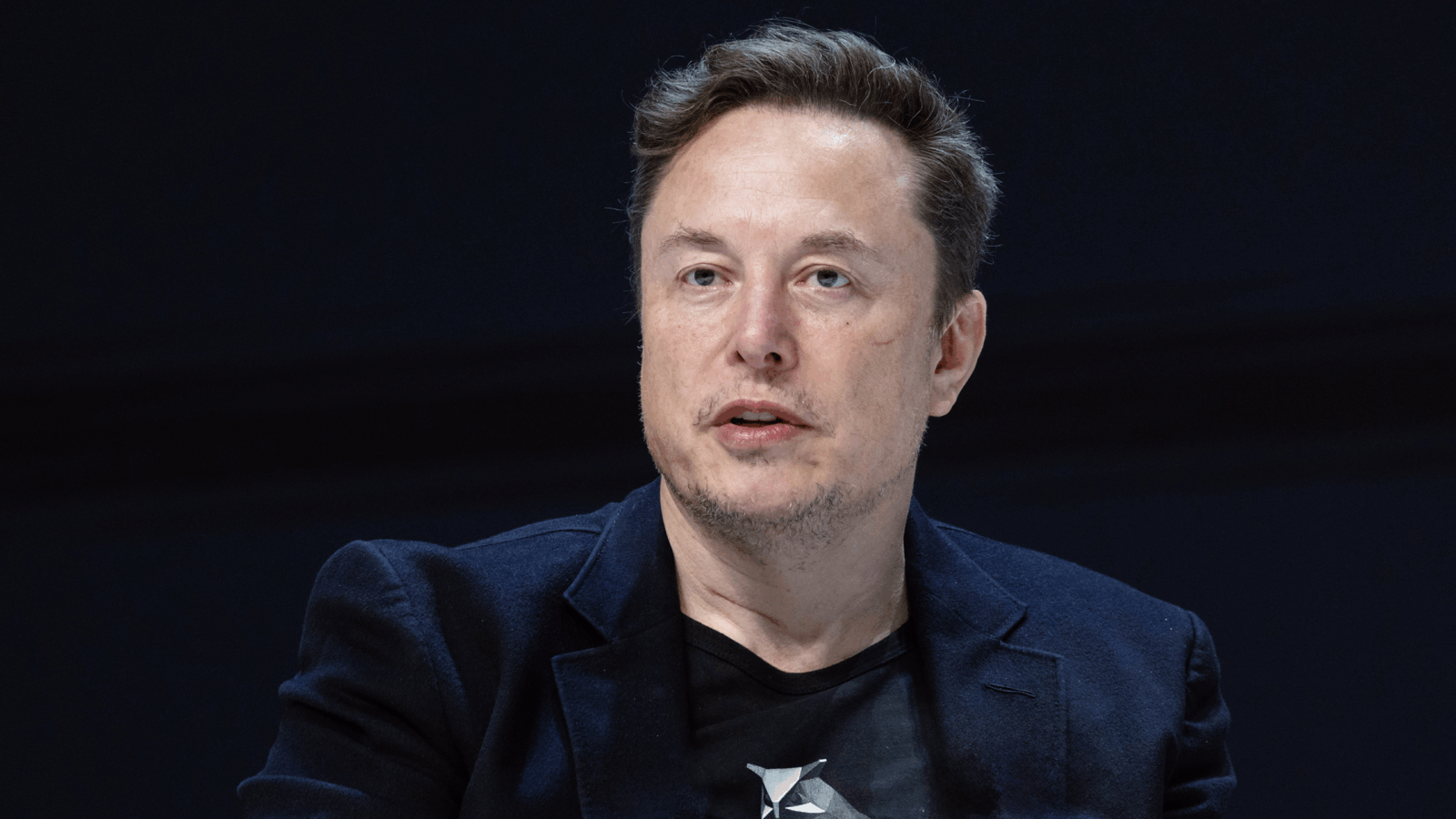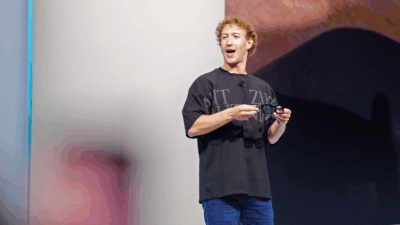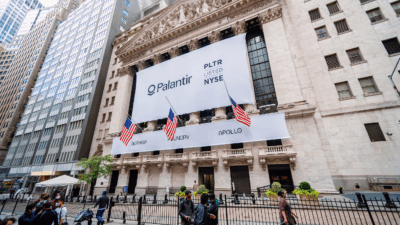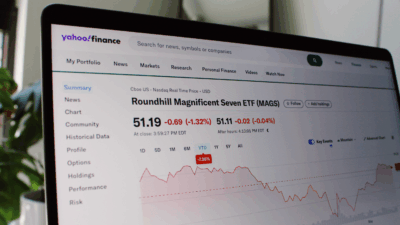Altman-backed Startup is Forging a Nuclear Energy Deal with OpenAI
Nuclear-fusion startups are getting a lot of funding, but their commercial viability doesn’t seem too imminent.
Sign up for smart news, insights, and analysis on the biggest financial stories of the day.
OpenAI CEO Sam Altman’s investment appetite seems open-ended, but the nukes in his portfolio stand out the most.
The Wall Street Journal published a sweeping account on Monday of Altman’s various investments, the sheer breadth of which, along with the popularity of OpenAI’s software, leaves him open to uncomfortable questions about conflicts of interest. One previously unreported nugget was that a nuclear fusion startup backed by Altman is negotiating a deal with OpenAI to furnish it with energy. The potential deal is a tell that Silicon Valley investors like Altman may be looking to either influence or participate in the future of energy infrastructure.
Energetic Algorithms
The amount of computing power needed to both train and run AI models like OpenAI’s has serious implications for future energy capacity. The generative AI hype race is already slowing down renewable transition goals in US states because it needs too much energy too fast to rely on renewable buildout, and Microsoft’s emissions in 2023 spiked 30% largely from jumping into AI (it’s OpenAI’s biggest backer).
Altman is a big believer in nuclear power. He invested in nuclear fission startup Oklo, which plans to grow small modular reactors — mini versions of good old-fashioned nuclear power plants. The WSJ’s reporting, however, focuses on another company in his portfolio called Helion that specializes in nuclear fusion, a process that is far from a commercial reality:
- Researchers at the Lawrence Livermore National Laboratory announced in December 2022 that they’d successfully achieved a nuclear fusion reaction, after which funding came pouring into startups touting their ability to commodify the process.
- More breakthroughs have been achieved since then, with scientists in the UK setting a record last February for the most energy produced by nuclear fusion, but these discoveries remain confined to scientific research labs, rather than companies, for now.
“We are still a way off commercial fusion,” Dr Aneeqa Khan, a research fellow in nuclear fusion at the University of Manchester, told The Daily Upside. “Building a fusion power plant also has many engineering and materials challenges. However, investment in fusion is growing and we are making real progress. We need to be training up a huge number of people with the skills to work in the field and I hope the technology will be used in the latter half of the century,” she said.
Slow Burn: In an interview at Davos in January, Altman said technological breakthroughs including fusion would be the only way to stop AI’s energy needs from intensifying the climate crisis. In Khan’s view, however, fusion will take far too long to ride to the rescue. “Fusion is already too late to deal with the climate crisis,” she said, adding: “In the short term, we need to use existing low carbon technologies such as fission and renewables, while investing in fusion for the long term, to be part of a diverse low carbon energy mix.”
